A Fusion Of Traditions: Kalpathi Ratholsavam At Palakkad
It is celebration time at the Kalpathi Agaraharam, the Tamil Brahmin settlement area of Palakkad in Kerala. The reason behind this celebrations is the annual Ratholsavam or Chariot Festival of the 580-year-old Sri Visalakshi Sametha Sri Viswanatha Swamy Temple.
The festival, too, is as old as the shrine, but nothing has changed with the passage of time. Kalpathi Ratholsavam found its place in the tourist map only in the year 1986 after it got added to the state government’s list of temple festivals.
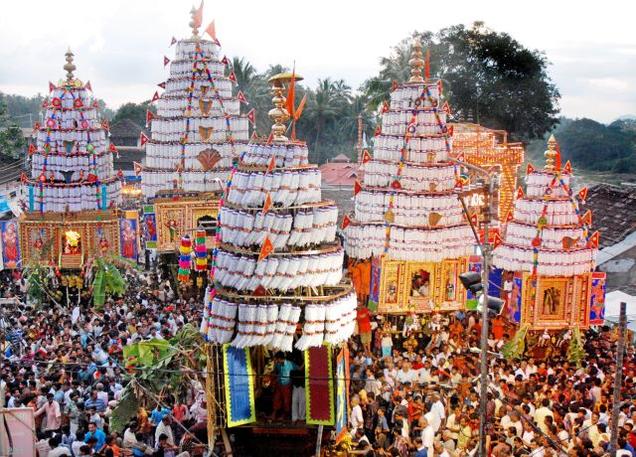
The temple is well known to be one of the oldest temples dedicated to Shiva in the Malabar region. The shrine is situated on the banks of the Kalpathy or Nila river. The agraharam gets its name from the river and is also one of the earliest Tamil Brahmin settlements in the state of Kerala. The festival is not only celebrated here but also in the neighbouring regions of the locality over a period of ten days.
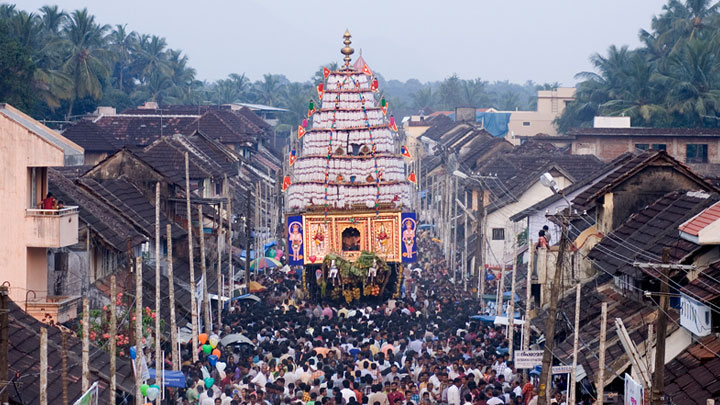
Legends Associated With The Shrine
It is said that a widow of Sekharipuram, called Lakshmi Amma, had gone to Kashi for a pilgrimage. After returning from the journey, she gave 1320 gold coins to the prince, Itikombi Achan, and asked him to build a Shiva temple, where she would install the Shivalingam she brought from Kashi, on the banks of the Kalpathy river similar to how the famous Kashi Vishwanath Temple is built on the banks of river Ganga. Due to this reason, Kalpathy is known as Kasiyil Pathi Kalpathy which means half of Kashi is Kalpathy.
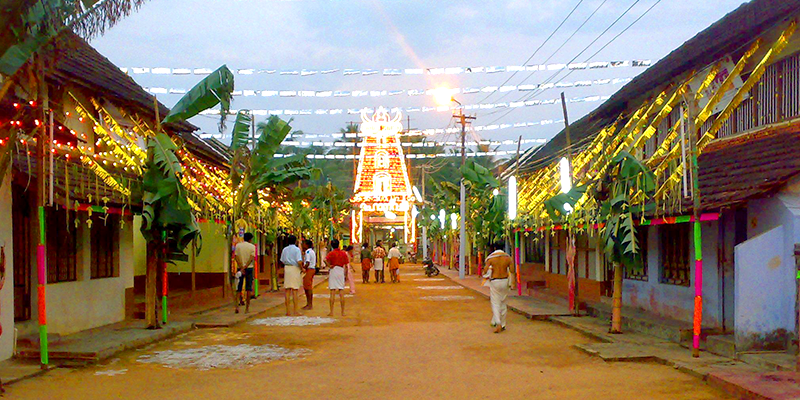
How Is There A Tamil Brahmin Settlement In Kerala?
The temple is believed to be built around 1425 AD and the deities of Shiva and Vishalakshi were installed. It so happened that once the temple priests had a conflict with the local rulers and the king had to seek the help from the Brahmins of Thanjavur to continue the daily poojas and rituals at the temple.
This is how Brahmins from Tanjore came here along with their families. Very soon agraharams were constructed around the place, which eventually paved way to busy streets. In earlier days, a Ratholsavam was held at Mayavaram in Thanjavur which soon made its way to Palakkad and received a very good response from the folks here; and, so began the famed Ratholsavam of Kalpathy.
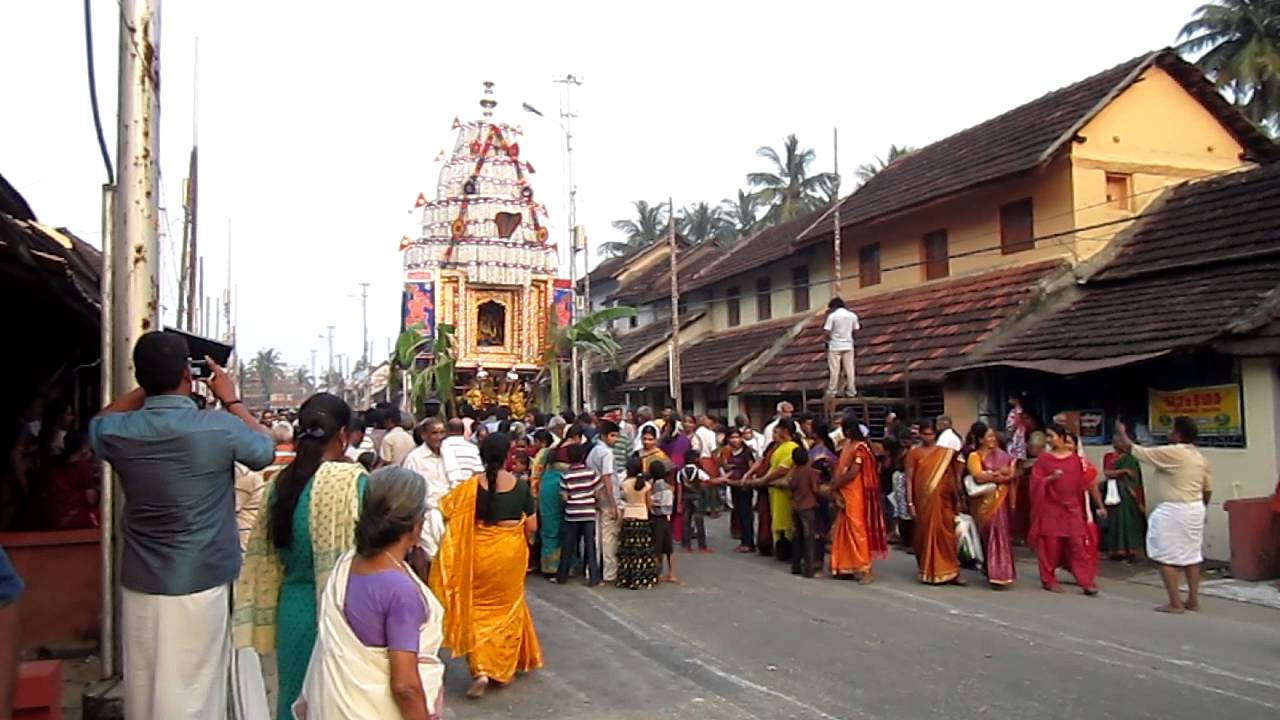
The Grandeur Of The Festival
The streets of Kalpathi come alive with devotion along with the jubilant celebrations which can be witnessed throughout the ten-day festival. The first four days of the festival are marked by various ritual and rites. The most important days of the festival are the last three days when the chariots from the nearby temples blend in with the main procession.
The Ratholsavam is observed during the last week of the Tamil month of Aippasi, which would generally be the first or second week of November. The festival begins with the Dwajarohanam or the hoisting of the ceremonial flag and culminates with the Devaratha Samgamam or the coming together of the chariots.
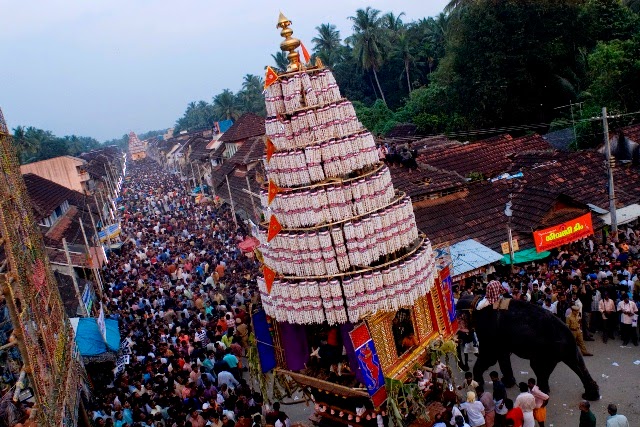
The Magnificent Chariots
The major attractions of the festival undoubtedly are six grand chariots. Three of them from Vishwanatha Swamy Temple, in which the first one is meant for the main deities of Vishwantha and Vishalakshi.
The second one for Ganapathy and the third one for Subramanya. The remaining three are from the nearby temples of Manthakkara Maha Ganapathy, Lakshmi Narayana Perumal of old Kalpathy and Maha Ganapathy of Chathapuram.
All the chariots are beautifully decked up with flowers, flags, sugarcanes, coconuts, etc. and are religiously pulled through the streets by thousands of devotees. The coming together of all the six chariots is known as Devaratha Samagam.
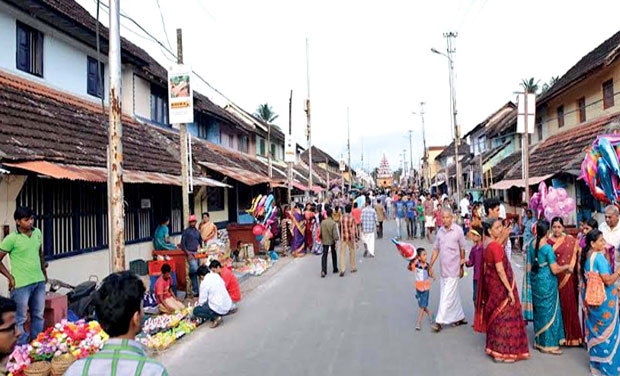
The procession is also accompanied by caparisoned elephants along with percussion beats. It is believed that pulling the chariots would wash away all the sins committed by not just one individual, but their past and future generations too.
Dates To Remember
The Dwajarohanam was held on the 8th November 2017 and the main three dates of the festival for this year are from the 16th of November to the 18th. The festival is a spectacle that one must watch at least once. The weather conditions of the place also do not give any form of trouble and remain favourable throughout.



















